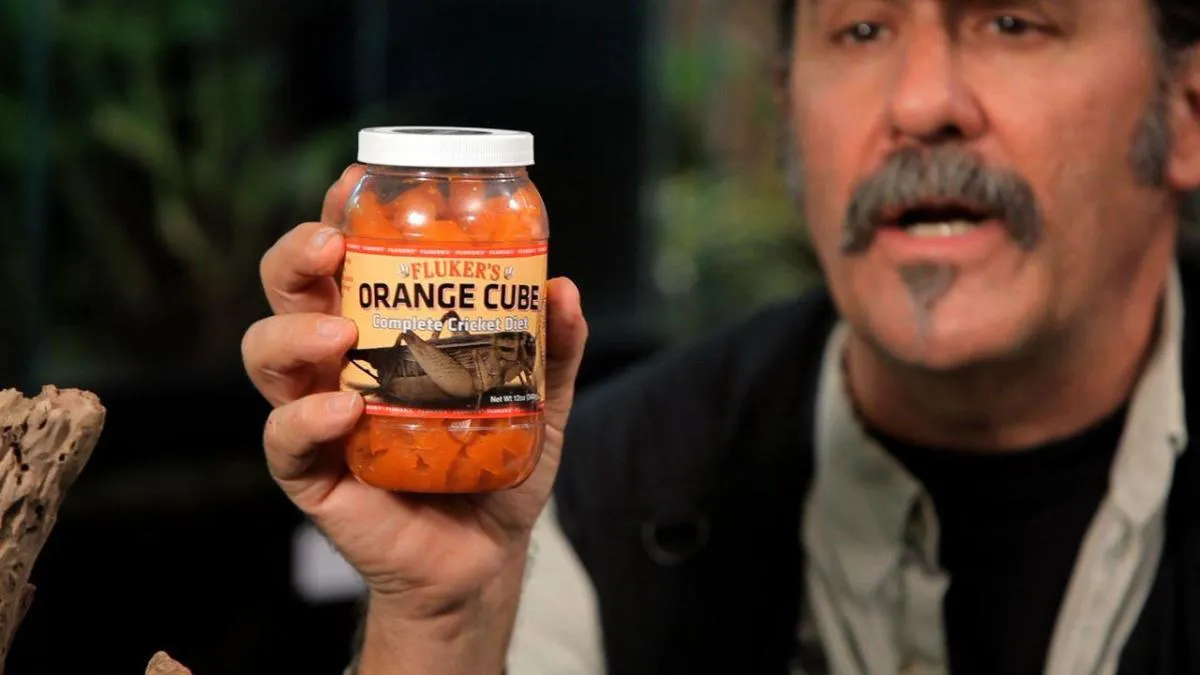Tarantulas, with their impressive size and intriguing behavior, make captivating pets. However, their care, particularly their feeding habits, requires careful attention. This comprehensive guide, “Tarantula Feeding 101,” will delve into the specifics of tarantula diets, ensuring you provide your eight-legged friend with optimal nutrition for a long and healthy life. From the best food choices to the ideal feeding schedule and common pitfalls to avoid, you’ll find everything you need to master the art of tarantula feeding and keep your pet thriving.
What to Feed Your Tarantula
Understanding what tarantulas eat is the first step towards responsible pet ownership. Tarantulas are primarily insectivores, meaning their diet consists mainly of insects. A balanced diet with the right variety of insect types is crucial for their well-being. While commercially available tarantula food might seem convenient, a diet primarily consisting of live or freshly killed insects is the best option, mimicking their natural feeding habits and providing essential nutrients.
Live Insects
Live insects are the cornerstone of a tarantula’s diet, stimulating their hunting instincts and providing a more natural feeding experience. There are several choices to consider when selecting live prey, including crickets, mealworms, and roaches. Always source your insects from reputable suppliers to minimize the risk of introducing parasites or pesticides into your tarantula’s enclosure. Choose insects that are appropriate for your tarantula’s size; the insect should be no larger than the tarantula’s body.
Crickets
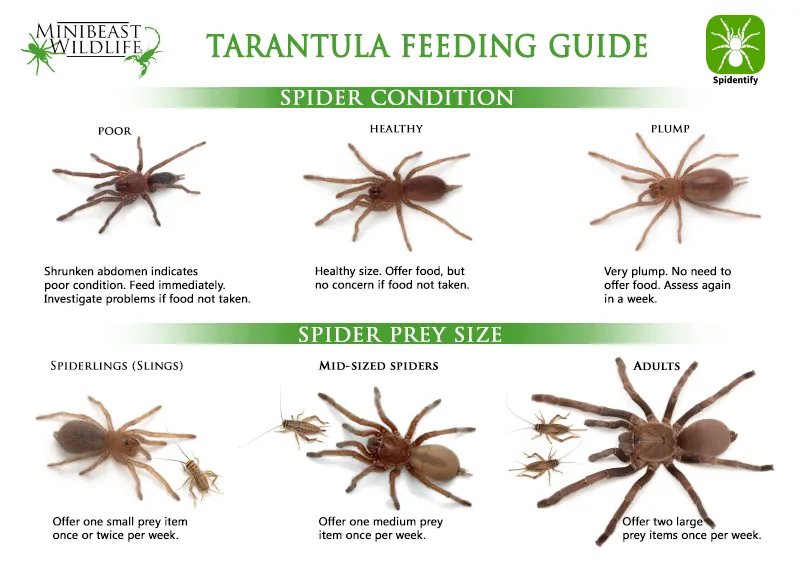
Crickets are a popular choice for tarantula food due to their availability and ease of care. However, they can be quite fast, so you may need to carefully manage the feeding process. Offer a few crickets at a time, and ensure your tarantula successfully captures and eats them. It’s recommended to gut-load crickets (feeding them nutritious food) for at least 24 hours before offering them to your tarantula, which will ensure your spider receives the best nutritional value from each feeding. Image of a tarantula eating a cricket.
Mealworms
Mealworms are another option, offering a slightly different nutritional profile compared to crickets. They are slower-moving and easier for tarantulas to catch. However, mealworms have a harder exoskeleton, so they might be better suited for larger tarantulas or those that are more proficient hunters. Be sure to feed the mealworms before giving them to your tarantula, as this will ensure a more nutritious meal for your spider. An image showcasing mealworms would be ideal.
Roaches
Roaches, such as Dubia roaches, are considered by many to be a superior food source for tarantulas. They are high in protein and relatively easy to breed, making them a sustainable option. Roaches are also less likely to burrow or hide compared to crickets, making them easier for tarantulas to find and capture. They are also less smelly and noisy than crickets. However, certain species of roaches may not be legal in all areas, so check local regulations. Image of a Dubia roach.
Pre-killed or Frozen Insects

While live insects are preferred, pre-killed or frozen insects can be a convenient alternative, particularly for owners who are squeamish about feeding live prey. These options are also useful if your tarantula is recovering from a molt, where their fangs are not yet fully hardened or if you have a tarantula that is a particularly slow hunter. However, be aware that pre-killed insects may lose some of their nutritional value and might not stimulate your tarantula’s hunting instincts as effectively.
Pre-killed Insects
Pre-killed insects, like crickets or mealworms, can be offered to your tarantula. Make sure they are fresh and haven’t been dead for too long. Use tongs or long tweezers to present the insect to your tarantula, and remove it if it is not eaten within 24 hours. This prevents mold and bacteria growth in the enclosure. Providing a variety of food is always a great idea.
Frozen Insects
Frozen insects are another alternative, easily stored and thawed when needed. Ensure they are completely thawed before offering them to your tarantula. Frozen insects can also be gut-loaded prior to freezing, which means your tarantula benefits from additional nutrients. While they may not be as exciting as live prey, they are a safe option for some tarantulas. Image illustrating the process of thawing insects.
How Often to Feed
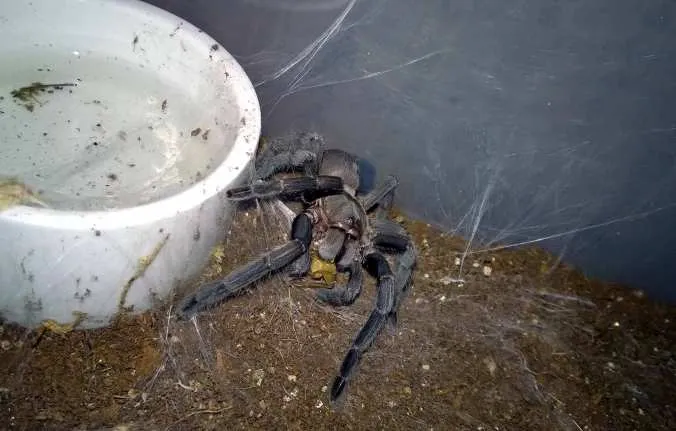
The frequency with which you feed your tarantula depends largely on its age and species. Spiderlings, juveniles, and adults all have different needs. It’s essential to observe your tarantula’s behavior and adjust the feeding schedule accordingly. A well-fed tarantula will have a plump abdomen, indicating it is in good health. If the abdomen is very large and round, reduce the feeding frequency.
Feeding Frequency for Spiderlings
Spiderlings (young tarantulas) require more frequent feedings. Feed them every other day or every three days, depending on their size and appetite. Offer small, appropriately sized prey, like pinhead crickets or small mealworms. Regular feeding supports their rapid growth during this critical stage. Adjust as needed, and avoid overfeeding.
Feeding Frequency for Juveniles and Adults
Juvenile and adult tarantulas can be fed less frequently, usually once or twice a week. Observe your tarantula’s abdomen size; it should be plump but not overly distended. Overfeeding can lead to health problems. Adjust the feeding schedule to match their appetite and growth rate. Some tarantulas may refuse food before molting, which is normal. An image showing a healthy, well-fed adult tarantula.
Water and Supplements
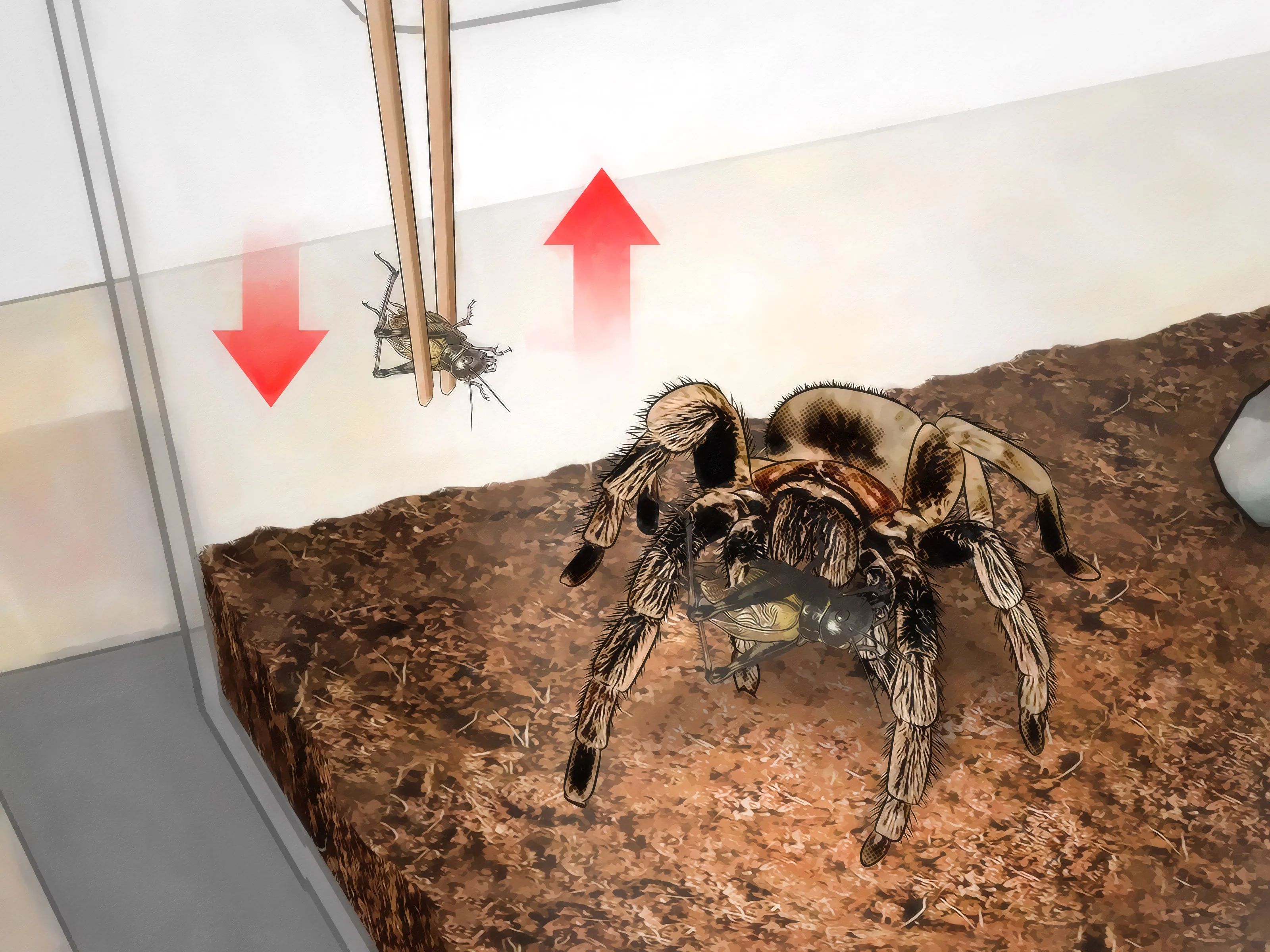
Alongside a proper diet, providing fresh water and occasionally offering supplements are crucial for tarantula health. Adequate hydration is vital for their molting process and overall well-being. Additionally, while a varied diet provides many essential nutrients, some tarantulas may benefit from occasional supplements. Always consult with a vet or experienced tarantula keeper for guidance.
Providing Fresh Water
Tarantulas require a constant supply of fresh, clean water. Provide a shallow water dish with a sponge or cotton ball to prevent drowning, particularly for smaller spiders. Regularly refill the water dish and clean it to prevent bacterial growth. In drier climates, misting the enclosure can also help maintain humidity levels, which is important for molting. Photo of a tarantula drinking from a water dish.
Supplementing with Vitamins
While not always necessary if your tarantula’s diet is varied, vitamin supplements, such as calcium or multivitamin powders, can be dusted on insects occasionally. This can be especially helpful for growing juveniles or for species with particular dietary needs. Consult with a veterinarian or experienced keeper to determine if supplements are necessary for your specific tarantula species. Only use supplements specifically designed for reptiles and invertebrates. Image illustrating the dusting of insects with supplements.
Common Feeding Mistakes to Avoid
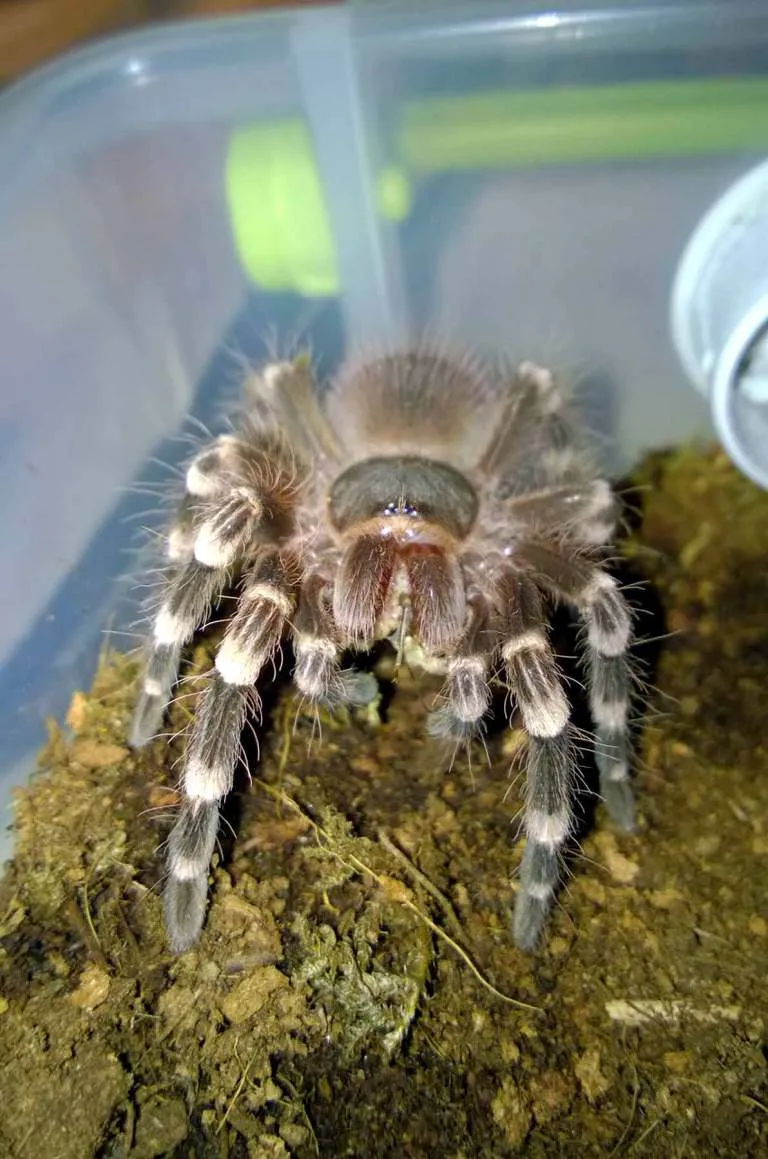
Avoiding common feeding mistakes is essential for your tarantula’s health and well-being. Overfeeding, improper insect sizing, and leaving uneaten food in the enclosure are all potential problems that can lead to health issues. Being mindful of these mistakes will help you provide the best possible care for your tarantula. Careful and attentive observation will help you identify and avoid these mistakes.
Overfeeding
Overfeeding is one of the most frequent mistakes made by tarantula keepers. Too much food can lead to obesity, which puts stress on the tarantula’s organs and reduces its lifespan. A healthy tarantula should have a slightly plump abdomen. If the abdomen becomes excessively large, reduce the feeding frequency. Observing your tarantula’s behavior will help you identify the ideal feeding amount and schedule. Photo demonstrating a healthy abdomen size.
Improper Insect Sizing
Providing insects that are too large can be dangerous for your tarantula. The general rule is that the insect should be no larger than the tarantula’s body. Larger insects can injure your tarantula’s fangs or cause them to become overwhelmed during the hunt. Conversely, providing prey that is too small may not provide sufficient nutrition. Image showing correct insect sizing.
Leaving uneaten food
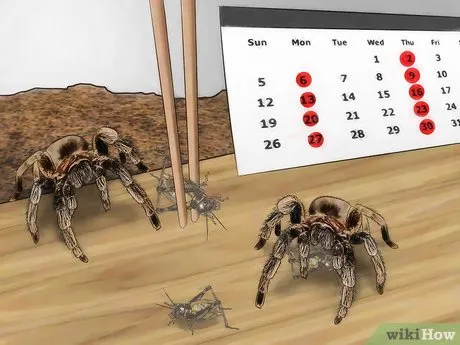
Leaving uneaten food in the enclosure can be a significant issue. Uneaten insects can stress the tarantula, and the insects can attack the tarantula while it is molting. In addition, uneaten insects will die and begin to decompose, leading to mold growth, bacterial growth, and poor hygiene. Always remove uneaten insects within 24 hours to maintain a clean and healthy environment. The image depicting the removal of uneaten prey.
Following these guidelines will ensure your tarantula receives the nourishment it needs to thrive. Remember that observing your tarantula, understanding its specific needs, and adapting your feeding practices accordingly are keys to successful tarantula keeping. Proper feeding practices will enable you to enjoy your pet tarantula for many years to come.
Happy feeding!
